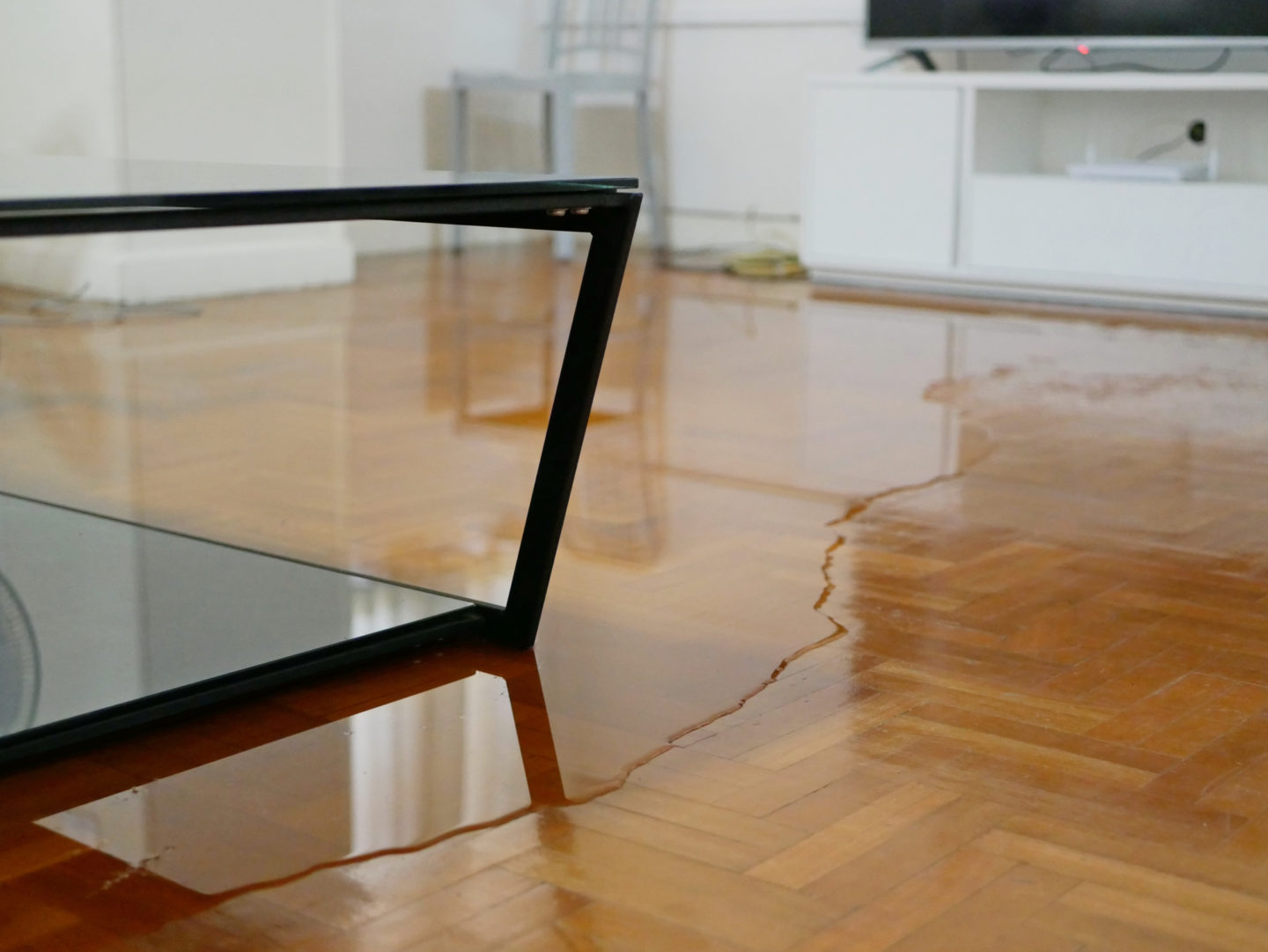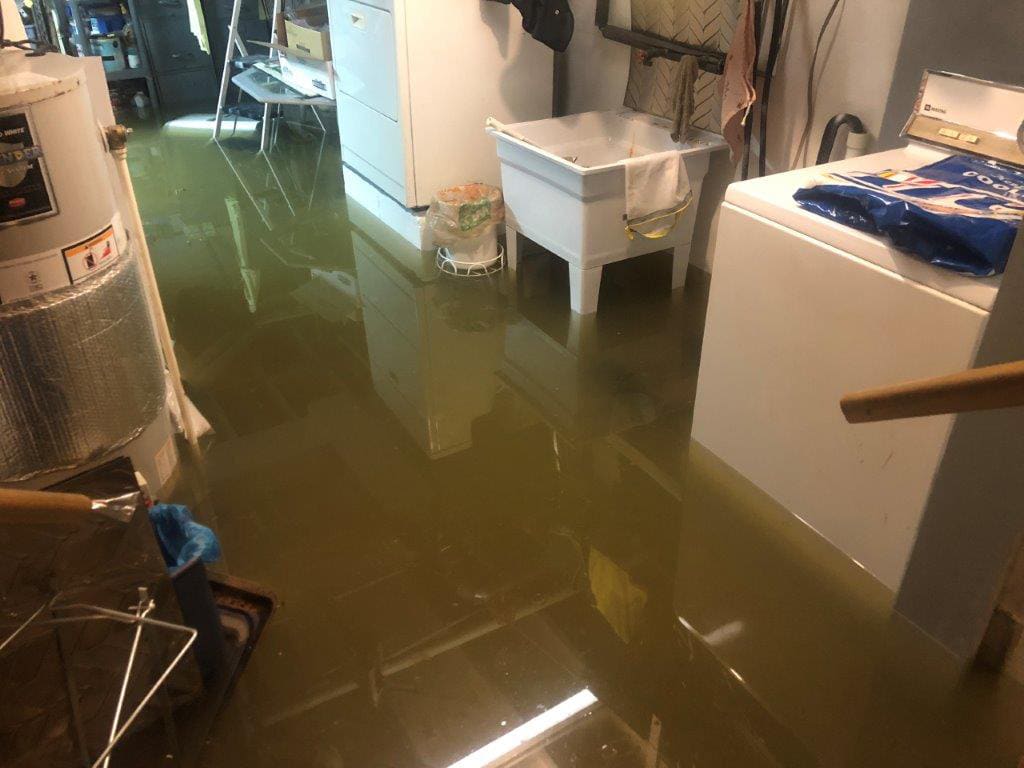Do's & Don'ts of Water Restoration.
Do's & Don'ts of Water Restoration.
Blog Article
How do you feel on the subject of Keeping Your Home Safe This Holiday Season?

Water gives life, but water intrusion on some components where it's not expected to be can result in damage as well as aggravation. In enhancement, homes with water damage odor mildewy as well as old.
Water can come from many resources like typhoons, floods, ruptured pipes, leaks, and also drain concerns. It's better to have a functioning expertise of safety precautions if you have water damage. Right here are a few guidelines on just how to handle water damages.
Do Prioritize Home Insurance Policy Protection
Seasonal water damages can come from floods, seasonal rainfalls, and wind. There is likewise an incident of a sudden flooding, whether it came from a defective pipeline that all of a sudden ruptures into your home. To secure your house, get house insurance policy that covers both acts of God such as natural calamities, and emergency situations like broken plumbing.
Don't Neglect to Shut Off Utilities
When catastrophe strikes as well as you remain in a flood-prone location, turn off the main electric circuit. Shutting off the power stops
When water comes in as water offers as a conductor, electric shocks. Do not neglect to turn off the primary water line valve as a way to stop more damages.
Maintain your furnishings steady as they can relocate about and also create extra damage if the floodwaters are obtaining high.
Do Keep Proactive and also Heed Weather Condition Alerts
If you live in an area plagued by floodings, stay aggressive and prepared at all times. Listen to the information and emptying warnings if you live near a body of water like a creek, river, or lake.
Do Not Disregard the Roof
Your roofer should take care of the defective rain gutters or any type of other signs of damages or weakening. An examination will certainly avoid water from flowing down your wall surfaces and also soaking your ceiling.
Do Pay Attention to Small Leakages
A ruptured pipe does not occur in a vacuum or over night. There are red flags that can attract your interest and show to you some damaged pipes in your house. Signs of red flags in your pipelines include bubbling paint, peeling wallpaper, water touches, water spots, or leaking noises behind the wall surfaces. There are signs that the pipe will certainly break. If you see these signs, don't wait on an acceleration. Repair work and examine your plumbing fixed prior to it causes large damage to your residence, financial resources, and a personal problem.
Do Not Panic in Case of a Ruptured Pipe
Maintaining your clearheadedness is vital in a time of dilemma. Worrying will just compound the issue since it will stifle you from acting fast. Panic will certainly additionally offer you added stress. Timing is key when it comes to water damages. The longer you wait, the more damage you can expect and also the most awful the outcomes can be. Quickly shut off your main water valve to cut off the source and also prevent more damage if a pipe ruptureds in your home. Unplug all electrical outlets in the area or shut off the circuit breaker for that part of your house. Ultimately, call a trusted water damage reconstruction specialist for assistance.
Water gives life, however water invasion on some components where it's not expected to be can result in damages and also hassle. In enhancement, homes with water damages odor moldy and also old.
Seasonal water damages can come from floods, seasonal rains, and also wind. Indications of red flags in your pipes consist of gurgling paint, peeling off wallpaper, water touches, water stains, or trickling sounds behind the walls. If a pipe ruptureds in your house, promptly shut off your main water shutoff to cut off the resource as well as prevent even more damage.
Some Do's & Don't When Dealing with a Water Damage
DO:
Make sure the water source has been eliminated. Contact a plumber if needed. Turn off circuit breakers supplying electricity to wet areas and unplug any electronics that are on wet carpet or surfaces Remove small furniture items Remove as much excess water as possible by mopping or blotting; Use WHITE towels to blot wet carpeting Wipe water from wooden furniture after removing anything on it Remove and prop up wet upholstery cushions for even drying (check for any bleeding) Pin up curtains or furniture skirts if needed Place aluminum foil, saucers or wood blocks between furniture legs and wet carpet Turn on air conditioning for maximum drying in winter and open windows in the summer Open any drawers and cabinets affected for complete drying but do not force them open Remove any valuable art objects or paintings to a safe, dry place Open any suitcases or luggage that may have been affected to dry, preferably in sunlight Hang any fur or leather goods to dry at room temperature Punch small holes in sagging ceilings to relieve trapped water (don't forget to place pans beneath!); however, if the ceiling is sagging extremely low, stay out of the room and we'll take care of it DO NOT:
Leave wet fabrics in place; dry them as soon as possible Leave books, magazines or any other colored items on wet carpets or floor Use your household vacuum to remove water Use TV's or other electronics/appliances while standing on wet carpets or floors; especially not on wet concrete floors Turn on ceiling fixtures if the ceiling is wet Turn your heat up, unless instructed otherwise

I'm certainly very occupied with Preventing Fires and Water Damage In Your Home and I am praying you liked the new blog entry. In case you enjoyed our post if you please be sure to pass it around. We value reading our article about Reducing Your Risk Of Water And Fire Damage At Home.
Report this page